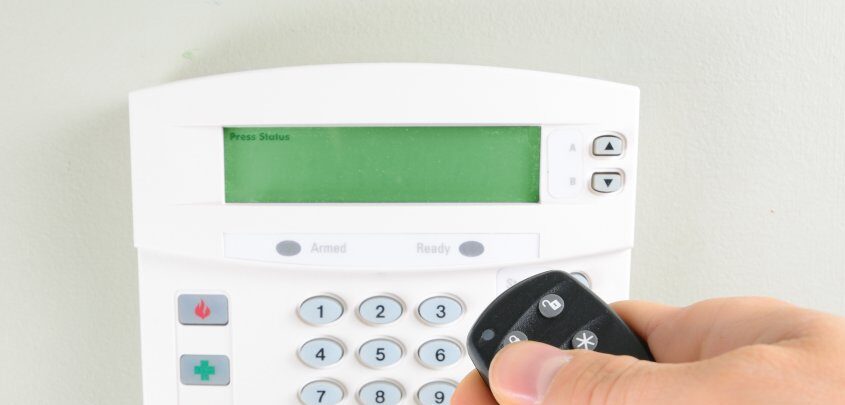Use Your Existing Security System for Alarm Monitoring
A Helpful Guide

If you already have a security system installed at your home or business, you might be wondering if you can keep it while still benefiting from professional alarm monitoring services. The good news is that many existing systems can be integrated with modern monitoring solutions, saving you the cost and hassle of a full system replacement. This guide will help you understand how to use your current security system effectively and align it with your monitoring goals.
Before diving into any upgrades or changes, it’s important to clearly define what you want from your alarm monitoring service. Whether you’re looking for 24/7 emergency response, remote control via mobile apps, or smart home integration, your goals will determine which parts of your existing system can stay and which may need to be updated or replaced. With this approach, you get a security solution tailored to your needs and budget.
1. Define Your Alarm Monitoring Goals
The first step is to identify what you hope to achieve with alarm monitoring. Clarifying your priorities will make it easier to decide how to use your current system and whether any updates are needed.
- Am I looking for mobile app control or smart home integration?
- Do I want to save money by keeping parts of my current system?
2. Assess Your Current Security System
Next, take inventory of your existing setup to evaluate what’s compatible and functional. Knowing the type of system you have and its current condition is essential for planning your monitoring solution.
- What type of system do you have? (Wired, wireless, hybrid)
- Are the sensors and keypads compatible with modern monitoring services?
- Does your current system support cellular or internet communication for alarm signals?
Need help figuring out your best setup?
Talk to an alarm monitoring expert today! They can review your current system, discuss your security goals, and help you decide what to keep, upgrade, or replace — so you get the most effective monitoring solution.
3. What Can You Keep? What Needs Replacing?
Many existing systems have components that remain perfectly usable and reliable, allowing you to avoid unnecessary replacements.
Typically, you may be able to keep:
- Door and window sensors
- Motion detectors
- Keypads (if compatible)
- Sirens and alarms
But you might need to replace:
- Communication modules (cellular or internet)
- Sensors for better accuracy and reliability
- Main Panel box
4. Upgrading or Replacing Components
If your alarm monitoring goals include enhanced functionality such as remote app control, integration with smart devices, or faster response times, upgrading certain system components is often necessary. Adding a cellular or internet communication module allows you to eliminate the need for a traditional home phone line. Modern control panels feature user-friendly interfaces and support home automation. You can also expand your system by adding new sensors and integrating compatible cameras, all accessible through the same app used for your alarm system.
Consider these upgrades to align your system with your needs:
- Add cellular or internet modules for a reliable alarm signal transmission
- Replace outdated panels with modern, compatible versions
- Install new sensors
- Cameras that work with the alarm systems app
Ready to use your existing security system with reliable, professional alarm monitoring?
Contact Alarm Relay now to speak with an expert who will guide you through the process and help you achieve your security goals without unnecessary replacements.
Your safety is our priority — let’s get started today!


